Sárándi Tamás
Adalékok a Székelyföldi Görögkatolikus Külhelynökség történetéhez
Tartalom
1. A hajdúdorogi püspökség megalakulása; 2. A hajdúdorogi püspökségbe bekerülő egyházközségek kiválasztási szempontjai – a székely külhelynökség példája; 4. Az alapító bulla revíziójának terve a Székely Külhelynökség példáján; 5. A Székely Külhelynökség működése; 6. A székelyföldi külhelynökség felbomlása; 7. Következtetések
ABSTRACT
The aim of this study is to summarize the surviving information about the so-called Szekler vicariate, which was established after the foundation of the Hajdúdorog Bishopric and operated until the end of 1918/beginning of 1919. Due to lack of sources, we cannot undertake a complete synthesis. We have most informa-tion about the formation and dissolution of the organization, and we will only touch on a few cases to illustrate the operation itself.The criterion for including the parishes in the diocese and the vicariate was the data on Hungarian language proficiency from the 1900 census. The vast majority of parishes met this criterion. The picture is more nuanced on the basis of the mother tongue data, which reflect the real situation much better. More than 2/3 of the parishes still met the selection criteria. All this further confirms the dual nature of the Hajdúdorog bishopric: it satisfied the legitimate spiritual needs of the Hungarian faithful and was also an instrument of nationality policy in the hands of the government.In the autumn of 1918, the parsons of the Szekler provincial vicariate remained passive, drifting along with events rather than shaping them. The majority of the parishes did not join the Romanian Vicariate that was to be organized in Szeklerland, and only about half a dozen parsons of the Maros deanery took part in the movement.

